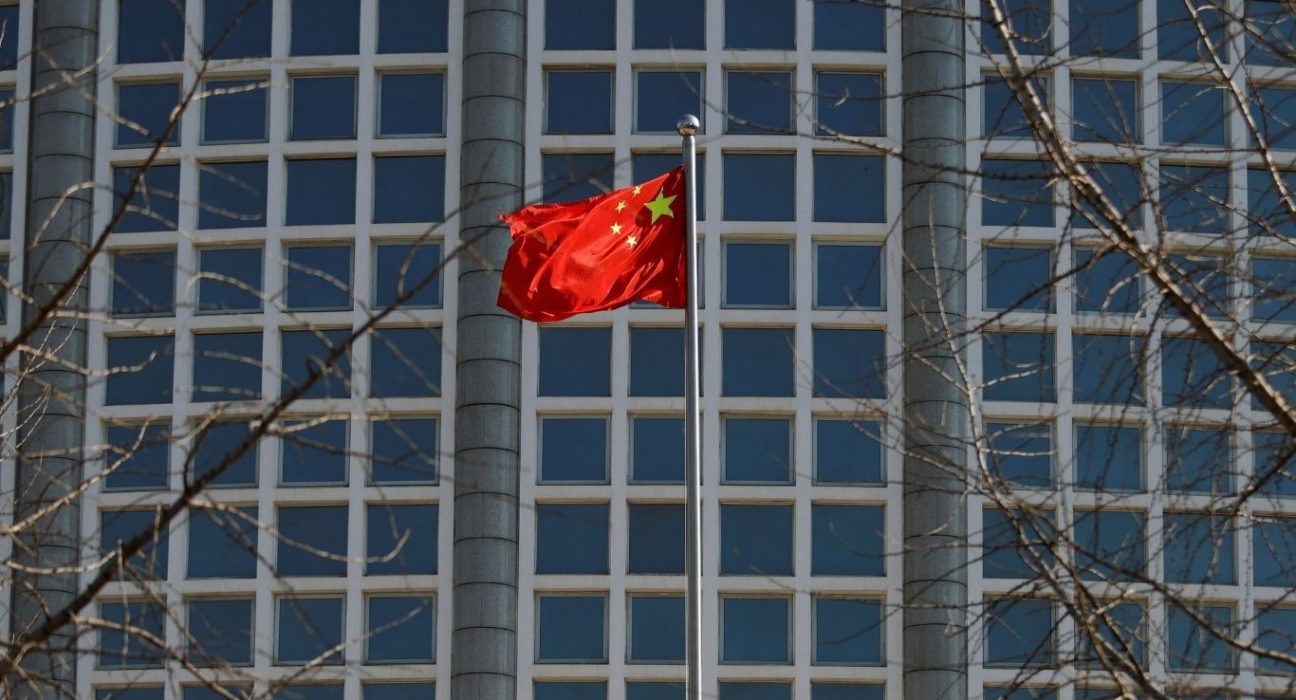China’s economy has been one of the fastest to recover from the Covid-19 pandemic, but it is not out of the woods yet. The latest data show that China’s economic recovery is losing steam, with new bank loans tumbling in April, consumer prices rising at the slowest pace in more than two years and imports unexpectedly contracting, driving a plunge in commodity prices from copper and iron ore to oil.[O/R]
These signs of weakness contrast with the strong growth figures that China reported for the first quarter of 2021, when its gross domestic product (GDP) expanded by 18.3% year-on-year, the highest rate on record. However, this impressive number was largely due to the low base effect of the same period last year, when China’s economy shrank by 6.8% due to the lockdown measures to contain the virus outbreak.
A more accurate picture of China’s economic recovery can be obtained by looking at the quarterly growth rate, which slowed down from 6.5% in the fourth quarter of 2020 to 0.6% in the first quarter of 2021, according to official data. This suggests that China’s economic momentum has moderated after a rapid rebound in the second half of last year.
One of the main reasons for this slowdown is the tightening of monetary and fiscal policies by the Chinese authorities, who are concerned about the risks of excessive debt, asset bubbles and inflation. The People’s Bank of China (PBOC), the central bank, has reduced its support for the banking system by draining liquidity and raising interest rates on some lending facilities. The government has also scaled back its fiscal stimulus measures, such as infrastructure spending and tax cuts, and shifted its focus to structural reforms and environmental goals.
Another factor that has weighed on China’s economic recovery is the uneven performance of its domestic and external sectors. While China’s exports have remained resilient, thanks to its success in containing the pandemic and meeting the global demand for medical supplies and electronics, its imports have lagged behind, reflecting weak domestic consumption and investment. China’s retail sales grew by 34.2% year-on-year in March, but only by 1.75% month-on-month. China’s fixed-asset investment increased by 25.6% year-on-year in the first quarter, but only by 2.6% quarter-on-quarter.
The sluggish recovery of domestic demand in China has implications for its trading partners, especially those that rely on exporting commodities and raw materials to China. The recent drop in commodity prices is partly due to China’s lower demand for these goods, as well as its efforts to curb speculation and hoarding in some markets. China’s import contraction in April was mainly driven by a decline in imports of iron ore, copper, coal and crude oil.
Looking ahead, China’s economic recovery is expected to continue, but at a slower and more balanced pace than before. The Economist Intelligence Unit (EIU) forecasts that China’s GDP will grow by 8.5% in 2021 and 5.4% in 2022, as domestic consumption and investment gradually pick up and external demand remains strong. However, there are also some downside risks that could derail China’s recovery, such as a resurgence of Covid-19 cases, geopolitical tensions with the US and other countries, and financial instability caused by debt defaults or asset bubbles.
China’s economic recovery is not only important for its own people, but also for the rest of the world. As one of the largest economies and trading nations in the world, China’s reopening will boost global growth, perhaps uncomfortably . Therefore, it is crucial that China manages its recovery well and addresses its structural challenges in a timely and effective manner.










